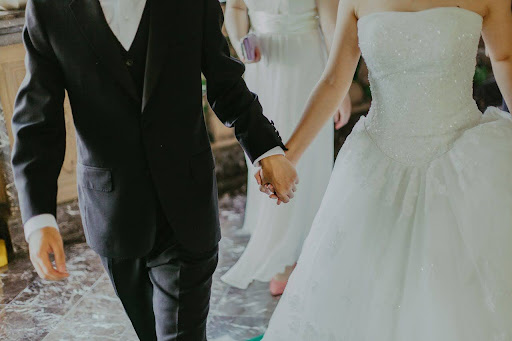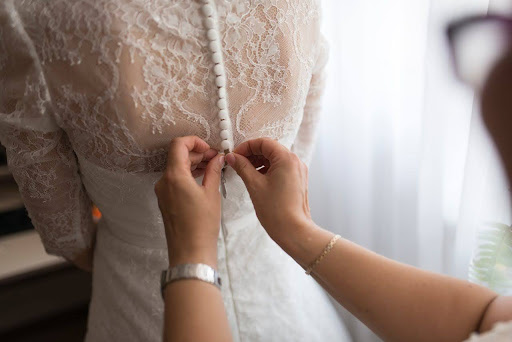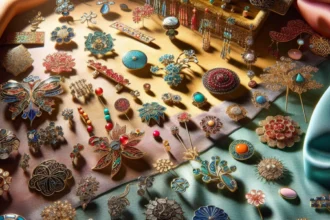Wearing a family member’s wedding dress is a meaningful way to honor tradition, history, and add sentimental value to your big day. Whether it’s your mother’s, grandmother’s, or another loved one’s gown, it carries more than fabric, it carries memories.
But before you walk down the aisle in a vintage dress, there are a few important things to remember to ensure it fits your style, suits your event, and remains in good condition for years to come.
Begin with a Professional Assessment
Even if the gown looks pristine at first glance, age can affect fabric in subtle ways. Before trying it on or making any decisions, have the dress examined by a bridal dress specialist.
They’ll check for signs of weakness in the seams, discoloration, or fabric that may have become fragile over time. This early step helps prevent damage and gives you a clearer understanding of what can be restored, altered, or preserved.
Plan for Cleaning and Restoration Early
Vintage dresses often require special cleaning, which can take time. A cleaner experienced in heirloom bridal garments should address any yellowing, stains, or storage odors.
If the dress features multiple lace, beading, or silk, these delicate elements require special attention such as a wedding dress dry cleaning. Restoration professionals can often bring back much of the original luster and color without compromising the dress’s integrity. Starting this process early in your wedding planning timeline ensures that there’s enough time for careful treatment and necessary adjustments.
Expect and Plan for Alterations
Older dresses rarely fit modern body shapes or align perfectly with contemporary preferences. It’s common to need alterations, even if the dress was originally worn by someone with a similar build.

A skilled seamstress who works with vintage fabrics can adjust the fit while maintaining the essence of the gown. In some cases, minor design updates like changing the sleeves, neckline, or hemline can modernize the look while preserving its sentimental core with the family.
Be Mindful of Fabric Fragility
Time can weaken even the most well-preserved fabrics. Certain materials, especially natural fibers like silk or cotton lace, may become more delicate over the years. Handle the gown gently and avoid unnecessary tugging or stress on seams and closures. When trying it on, do so with clean hands and plenty of space. Avoid hanging the gown for extended periods if it’s showing signs of stress at the shoulders or bodice. Supporting the weight of the gown while dressing can also help prevent tears or stretching.
Consider Incorporating It Creatively If It Can’t Be Worn
Sometimes the gown you inherit simply isn’t wearable. It may be too damaged, or the style might not suit your vision. That doesn’t mean you have to leave it behind.
Many brides choose to incorporate parts of the gown into their own, such as lace from a veil, fabric from the hem, or a sleeve turned into a hairpiece or bouquet wrap. These thoughtful touches preserve the emotional value while allowing you the freedom to wear something that feels truly yours.
Discuss the Plan with the Original Owner
Wearing a family dress is an emotional decision not just for you but also for the person who wore it before you. Considering the fact that original owner of the dress is still alive, including them in the discussion will make your alteration plans much easier.
Talk openly about your ideas for updates or changes, and ask for their blessing before making permanent alterations. This conversation can deepen the shared meaning behind the gown and ensure that both parties feel honored in the process.
Document the Dress’s Story
Every dress has a history, and when you wear a family heirloom, that story continues with you. Include a note in your wedding album, frame a picture of the dress from its original wedding, or share a small tribute during your reception. These simple acknowledgments help preserve the story for future generations and make the garment’s legacy even more special.
Plan for Preservation After the Wedding
Once the wedding is over, treat the dress with the same care it received before. Have it professionally cleaned again to remove any new stains or perspiration, and return it to an acid-free preservation box.
If you made changes to the gown, include notes and photographs so future wearers understand its journey. Your updates may inspire the next bride in your family, just as someone else’s inspired you.

















